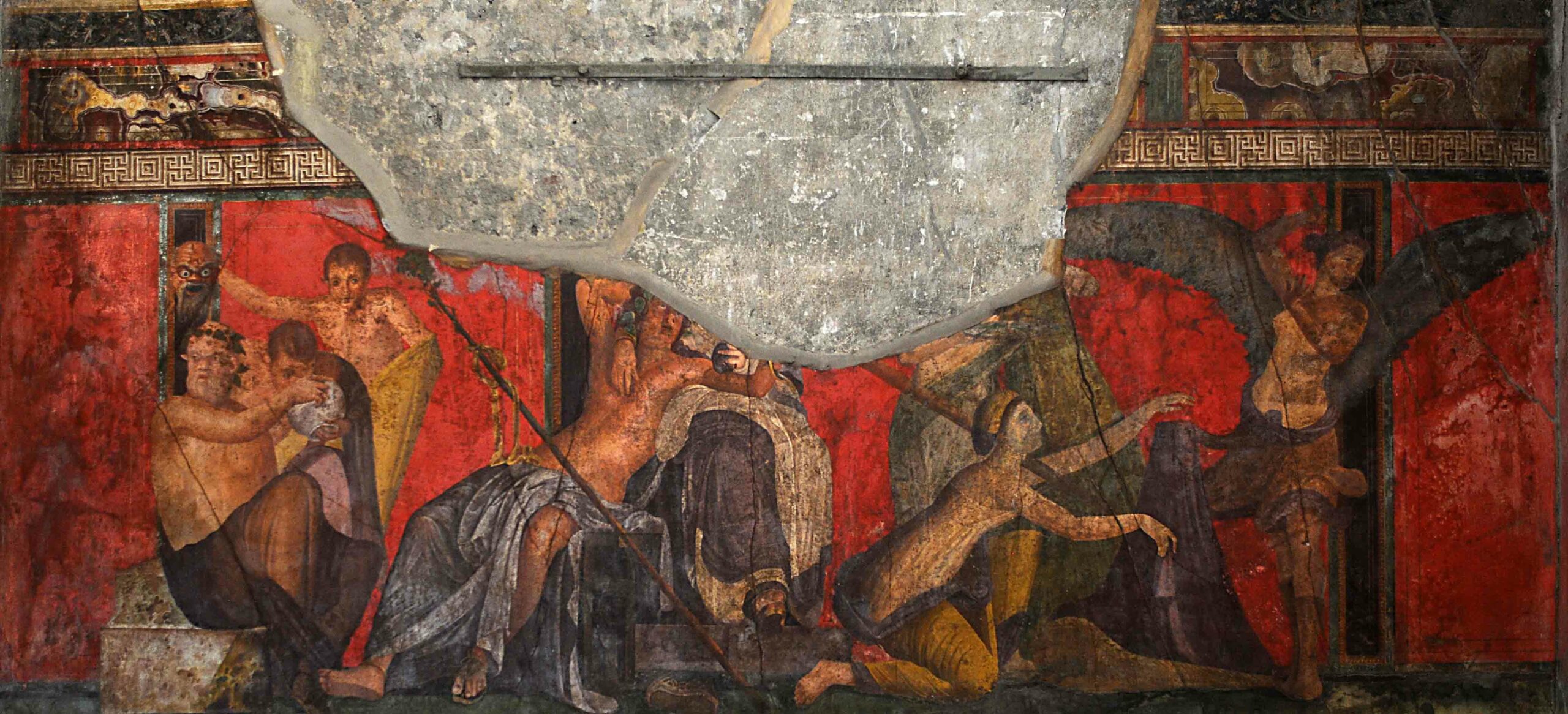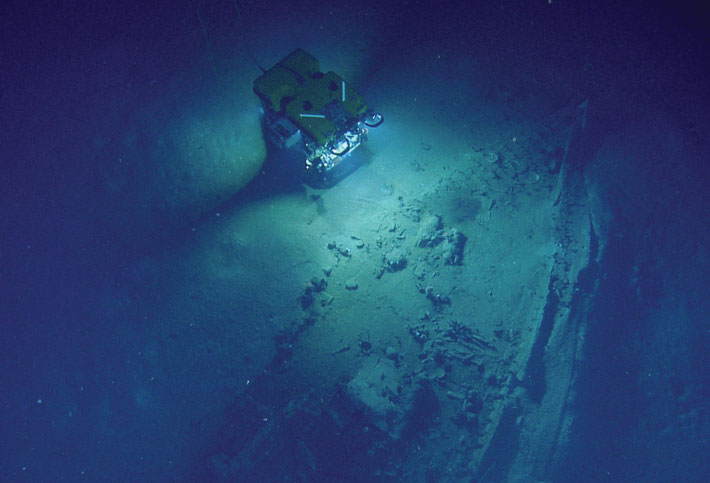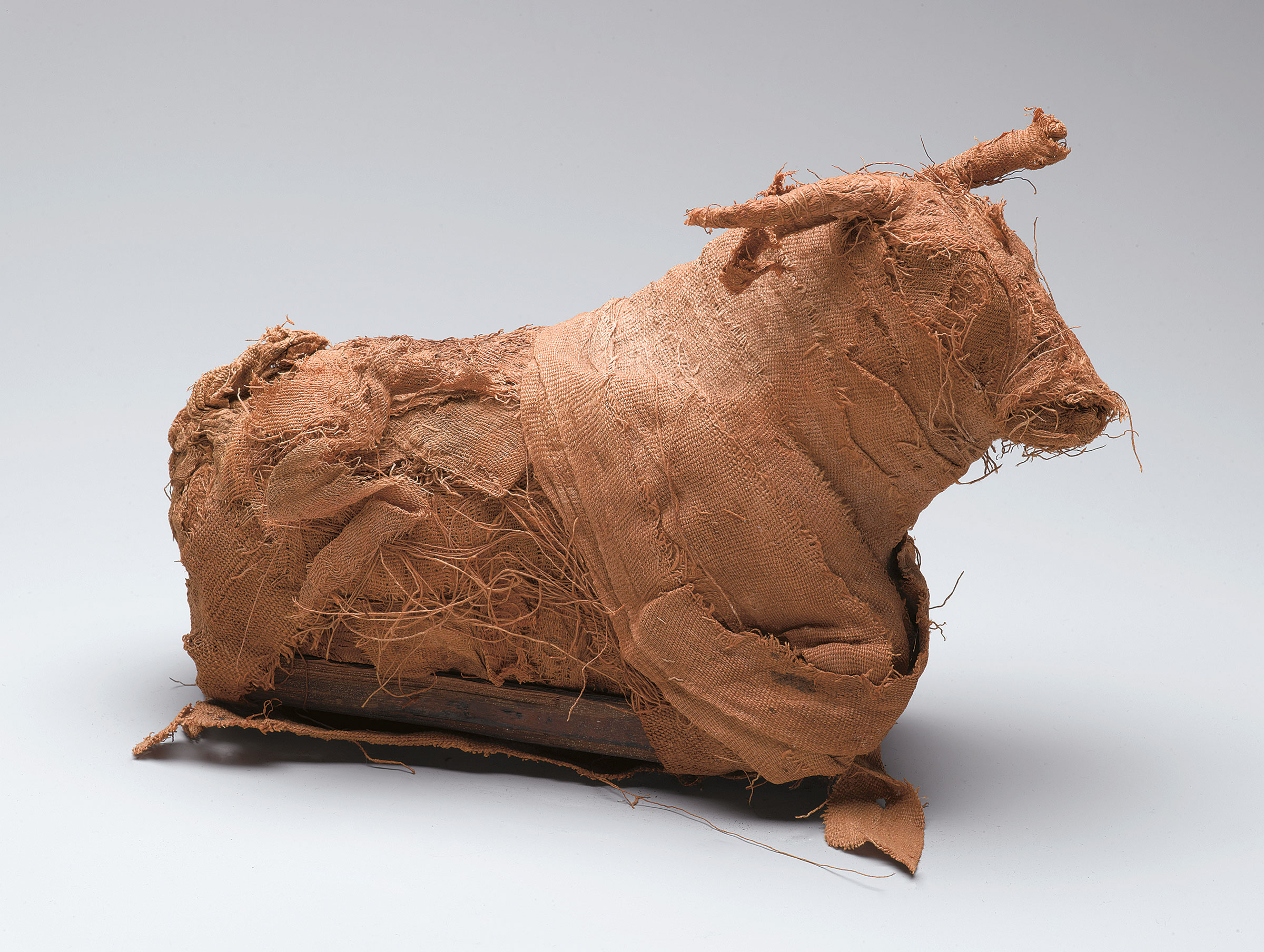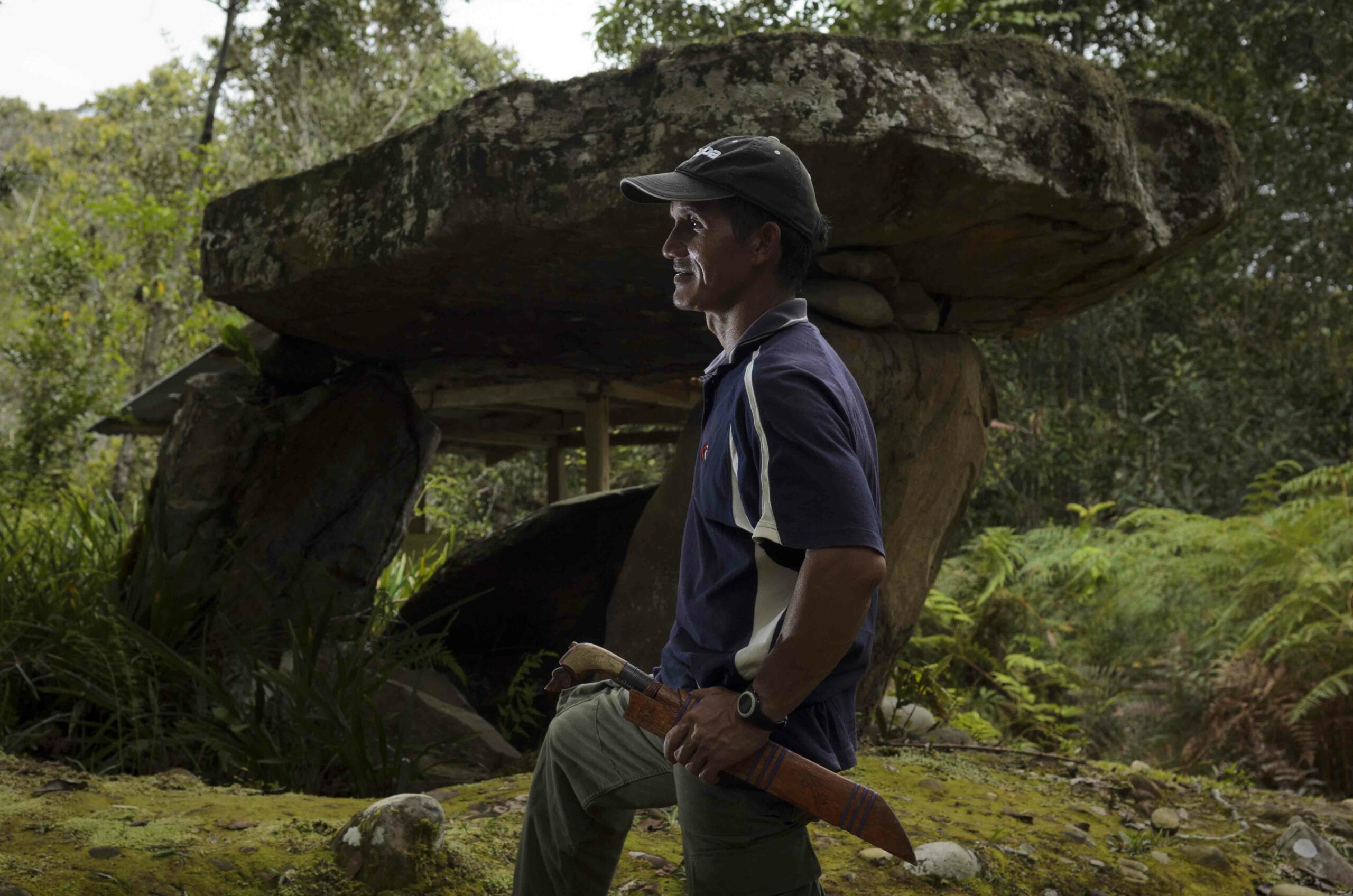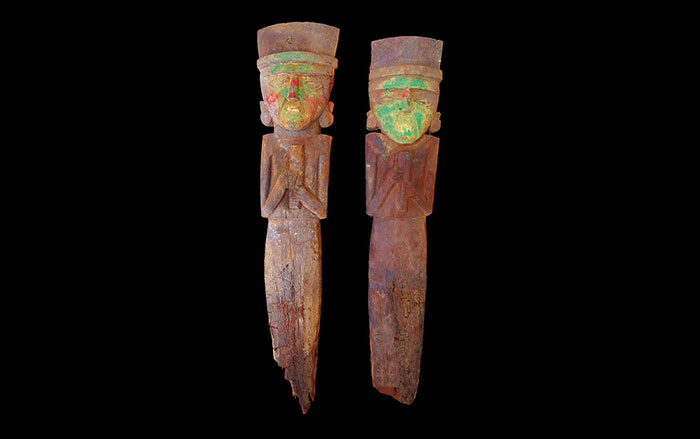
ROME, ITALY—Excavations in the Lapis Niger, a black stone shrine in the Roman Forum, have uncovered ceramics, grains, and a wall made of a type of limestone known as tufa. “Examination of the recovered ceramic material has enabled us to chronologically date the wall structure to between the ninth century B.C. and the beginning of the eighth century B.C. So it precedes what is traditionally considered the foundation of Rome,” archaeologist Patrizia Fortuni of Rome’s cultural superintendency told The Telegraph.






